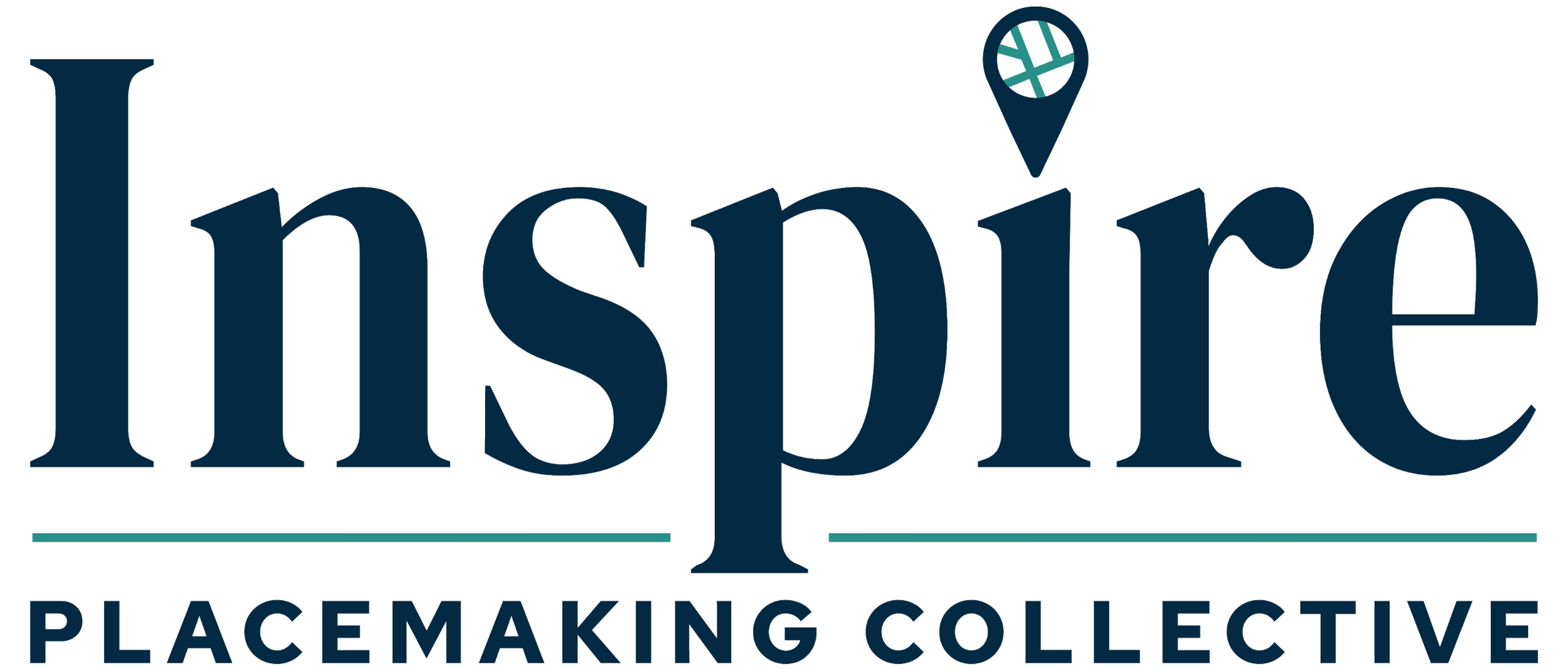Building a Strong & Vibrant Downtown
In 1981, the Lake City City Council established the Community Redevelopment Agency (CRA) to create opportunities for the downtown Central Business District to evolve into a more dynamic and thriving area. The CRA was designed to fund projects that alleviate blight, spark reinvestment, and guide improvements throughout downtown and surrounding neighborhoods.
A portion of property taxes collected from properties within the Community Redevelopment Area (CRA) boundaries is set aside specifically for reinvestment back into this area. These funds help support projects that improve infrastructure, aesthetics, and economic vitality. The CRA works to ensure that Downtown Lake City serves as a vibrant center for commerce, culture, and community life.
The Lake City CRA boundaries are shown on the map below. This is the designated focus area for planning, reinvestment, and community development initiatives.
What is a Community Redevelopment Area (CRA)?
A CRA is a special area that a city or county decides needs improvement. This special area is “blighted,” which means it may have empty buildings, broken sidewalks, or other problems. The formal definition of a CRA can be found in Chapter 163, Part III of the Florida Statutes.
History of the CRA
1981: Community Redevelopment Agency (CRA) established by Lake City Council.
1989: Original CRA Plan approved.
2011: Plan update adopted.
2015: CRA district life extended to 2031.
Why Update the Plan?
Over the years, Lake City’s CRA has helped protect downtown’s historic small-town character while encouraging revitalization. However, as the community continues to grow and change, new challenges and opportunities have emerged, requiring an updated, forward-looking plan. This plan update aims to:
- Assess past accomplishments to identify successes, partial achievements, and areas for improvement
- Reevaluate goals and objectives to ensure alignment with today’s community priorities
- Extend the operational timeframe to allow for continued reinvestment
- Refocus CRA strategies to strengthen downtown’s economic vitality, aesthetic appeal, and livability
The updated plan will express the community’s vision as a clear, actionable roadmap.
Frequently Asked Questions:
The goal of a CRA is to make the area better. It works to fix problems like run-down buildings, old roads, limited housing, and limited job opportunities. The agency focuses on addressing the unique problems within the Community Redevelopment Area. The goal is to help fix and improve the area so it becomes a better place to work and live for the community.
The CRA makes a plan called a Community Redevelopment Plan. This plan helps focus on the problems in the area and how to spend money on projects and programs to improve the area.
The Community Redevelopment Plan is created to guide the CRA. It lists the projects and programs the CRA works on and pays for. The Community Redevelopment Agency can only fund things that are in the plan and inside the CRA area. If something isn’t in the plan, the agency can’t do it.
The Community Redevelopment Agency is the group responsible for managing the activities and projects of the CRA and making sure its projects get done.
A CRA gets most of its money from Tax Increment Financing. After the City and County collect property taxes, they return a portion of the money collected to be spent directly within the CRA boundaries. CRAs can also get money from grants and public private partnerships.
Tax Increment Financing, or TIF, is a way to help pay for improvements in a Community Redevelopment Area. If property values increase within the CRA, then property tax revenue increases. The extra money made from property taxes is set aside. This extra money, called “TIF,” goes into the CRA’s Trust Fund. The CRA then uses the fund to pay for projects that help improve the area.
CRA’s do not increase the property tax rate.
CRAs can do lots of things to help uplift communities and neighborhoods! Their money must be used for programs listed in their approved plan. Projects include but aren’t limited to:
- Public Spaces & Art
- Parks, playgrounds, pavilions
- Walking trails and nature paths
- Community gardens
- Big murals and public art
- Streets & Utilities
- Fixing sidewalks and roads
- Upgrading water and sewer lines
- Adding streetlights, trees, and drainage
- Buildings & Housing
- Building new affordable homes
- Repairing or rehabbing older homes
- Turning old buildings into smart new spaces (like a community health hub)
- Cleaning up abandoned spots
- Business Help
- Grants or loans to fix up store fronts
- Help minority-owned and local small businesses grow
- Community Programs
- Hiring ambassadors from the community to ensure residents feel safe and secure
- Partnering with local nonprofits or educational institutions to provide services
- Utilizing grants or other funding mechanisms that allow for social service expenditures
- CRA Staff & Fundraising
- Paying someone to run CRA projects
- Hiring grant-writers to bring in more funding
A CRA reviews project ideas to see if they match the community improvement plan. If the project aligns with the CRA plan, the CRA Board can vote to approve the use of CRA funds for it.
CRA’s created after 2002 are limited to a 40-year maximum lifespan from the date the Community Redevelopment Plan is approved.




